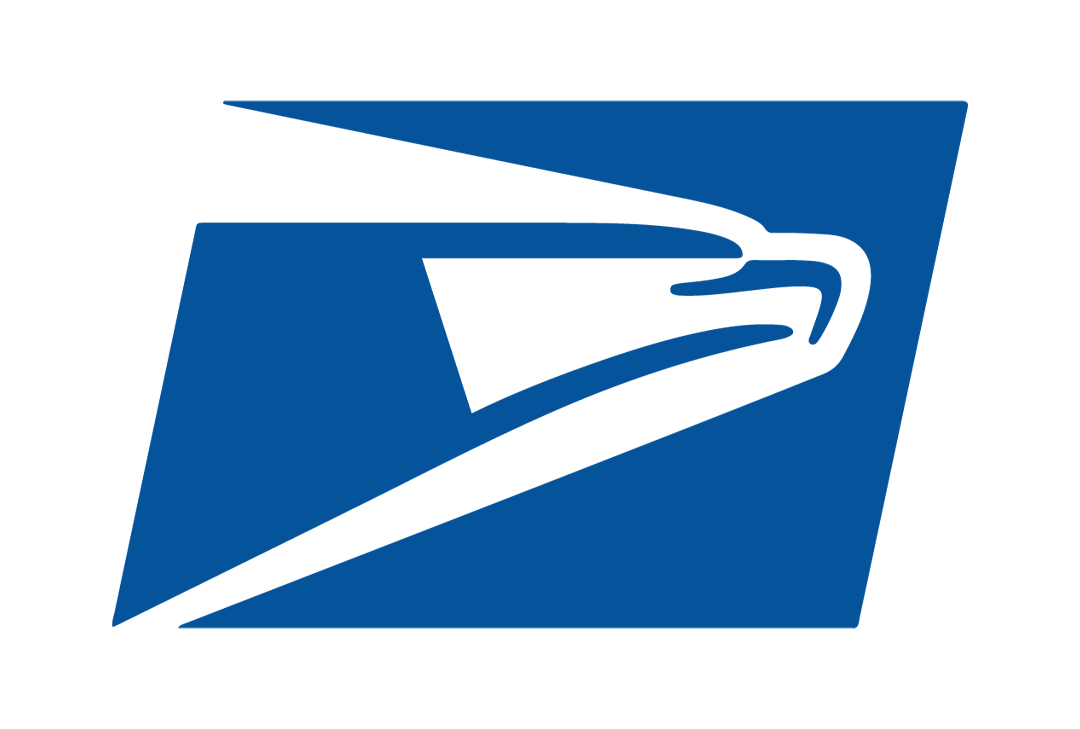The Daewoo Espero (also known as Daewoo Aranos in some Spanish-speaking countries) is a four-door, five-seater mid-sized notchback saloon produced by the South Korean company Daewoo Motors from September 1990 to 1997. It was technically based on the GM J platform. The body was designed by Bertone. Daewoo also said that the Espero's design was their own work. It was done in a consultation with Italian design master Bertone. The car was equipped with a Holden-built GM Family 1 1.5 L 90 hp (67 kW; 91 PS) engine, or the 1.8 95 hp (71 kW; 96 PS) or 2.0 L 108.5 hp (81 kW; 110 PS) Family II engine. The Espero was replaced by the Daewoo Leganza in 1997.
The Espero was renamed Aranos in some but not all Spanish-speaking countries (not in Argentina and Chile for instance), since the word Espero means "I hope" in Spanish. Such a name was deemed less than marketable.
In Korea, the Espero made its debut in August 1990. The styling was very different from the European Espero's, including no badge at the front but at the rear and on the steering wheel; the badge was black and had white three waves and white writing 'ESPERO' underneath it. The first version had different rear lights which the brake and indicator lights extended to the boot lid (though there were no illuminating lights at the boot lid) and differently styled hubcaps.
In the pre-facelift, the range consisted of two models, named '1.5 DOHC' (being the base model) which had standard hubcaps and then the '2.0 DOHC' which had different styled hubcaps. The '2.0 DOHC' also had a version with package, being the top of the range model.
In the cabin of the Korean Espero, a different steering wheel and an electronic dash was available with orange letters and accents. The steering wheel was slightly different from the three-spoke wheels in Europe, and more like the steering wheel from an Opel Vectra A/Vauxhall Cavalier MK3 except that the badge was different (again, the black emblem). No airbag was available. The front door cards were different: rather than the wrap-around design in European models, the vents were more square like and the grab handle was more ergonomic rather than just a pocket design. The centre console was flat and more angular.
When Daewoo arrived in the UK at the beginning of 1995, Daewoo was aiming the Espero to the Cavalier and Mondeo market, plus providing good promotions and offers in the package. This included a 3 year/60,000 mile warranty (this could be extended to a 5 year/100,000 mile warranty for an extra £350), a six year anti-corrosion warranty, 3 years free servicing, maintenance and AA membership (which looked after breakdowns or accidents). Every replacement of parts were free, except for tires. If the car broke down, needed servicing or was in an accident, they would bring a courtesy car. Once the vehicle was fixed, they gave the vehicle back and collected the courtesy car (this was in the AA membership). Plus, there was free delivery number plates, one-year free road tax and a full tank of petrol. There was also a free 'N' plate replacement for a free upgrade for the first 1,000 customers who bought a new Daewoo; it would then be replaced in August 1995. Daewoo also provided fixed prices (no haggling) and they claimed this was the best way of selling a car.
The Seoul Metropolitan Police Agency is the primary police force for the South Korean capital city of Seoul; it is not an independent police force in of itself, but is one of 16 provincial sub-divisions of the National Police Agency. The SMPA is headquartered along with the National Police Headquarters in Seoul itself. While modern police agencies of Seoul can trace their history back to 1945 with the creation of a Korean police force, the modern-day Metropolitan Police Agency in Seoul came into being on August 1, 1991 and currently polices over 10 million inhabitants.













